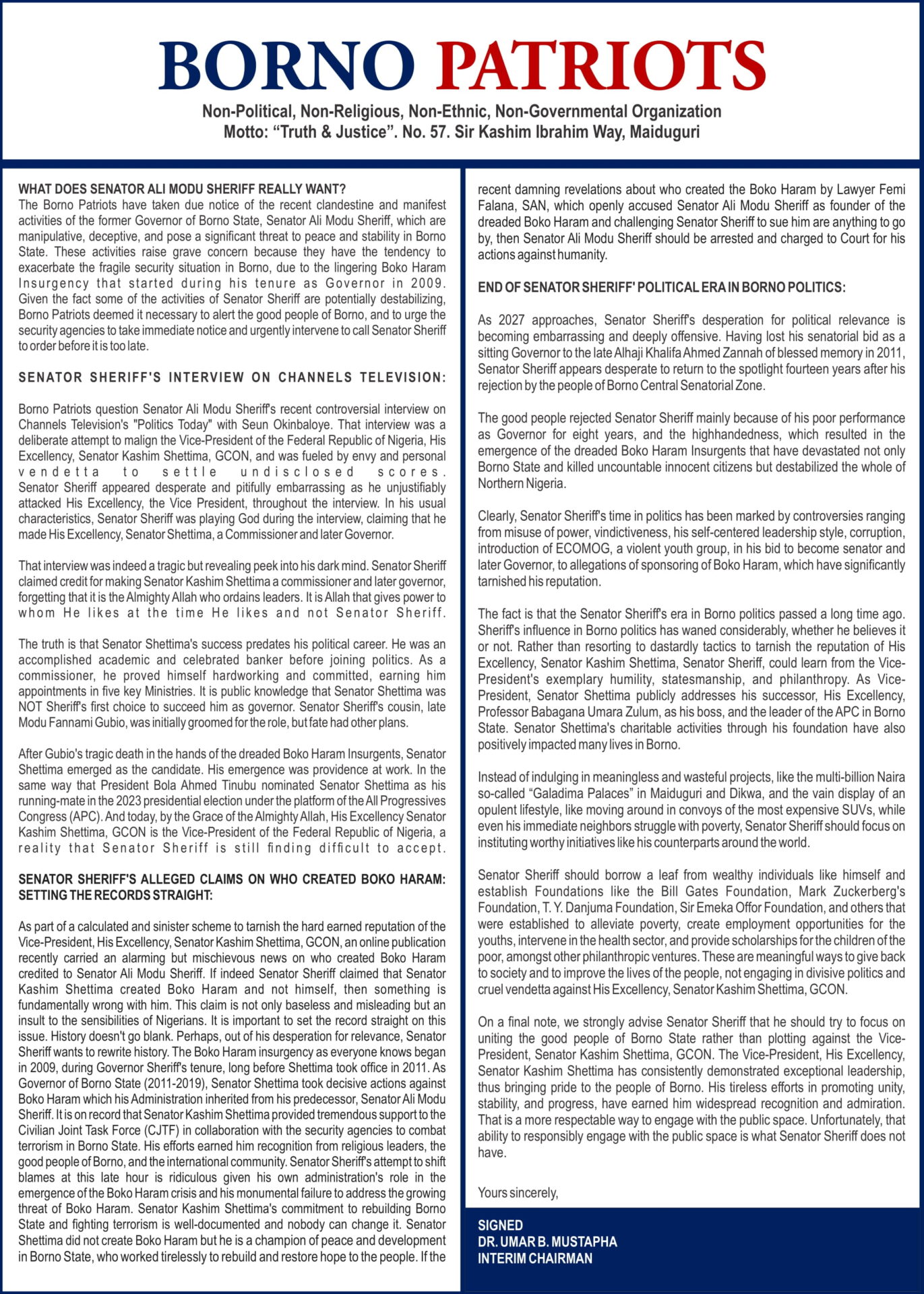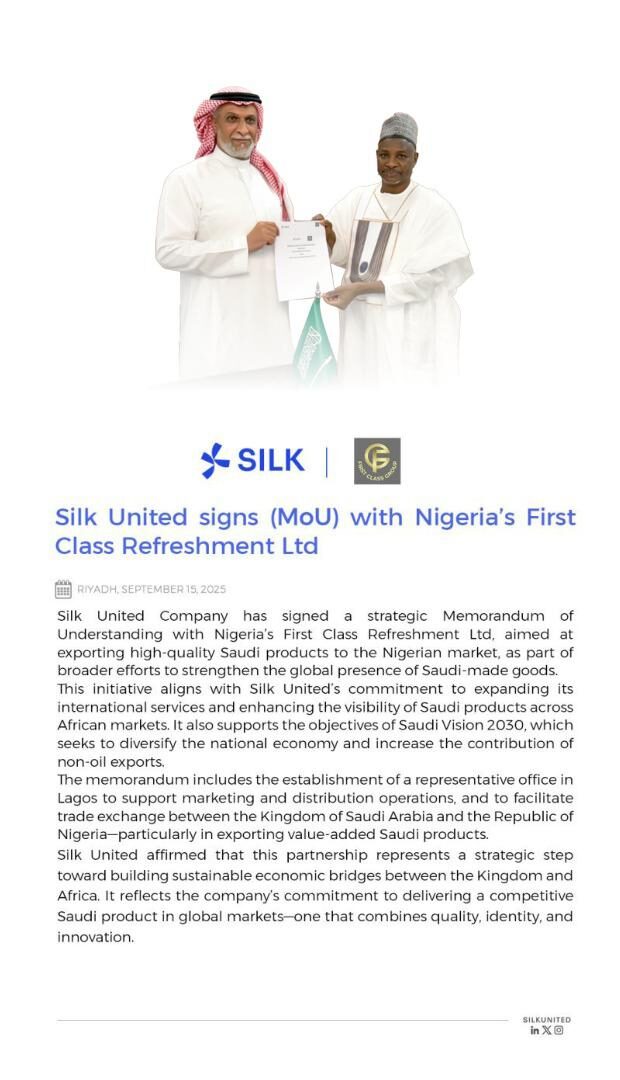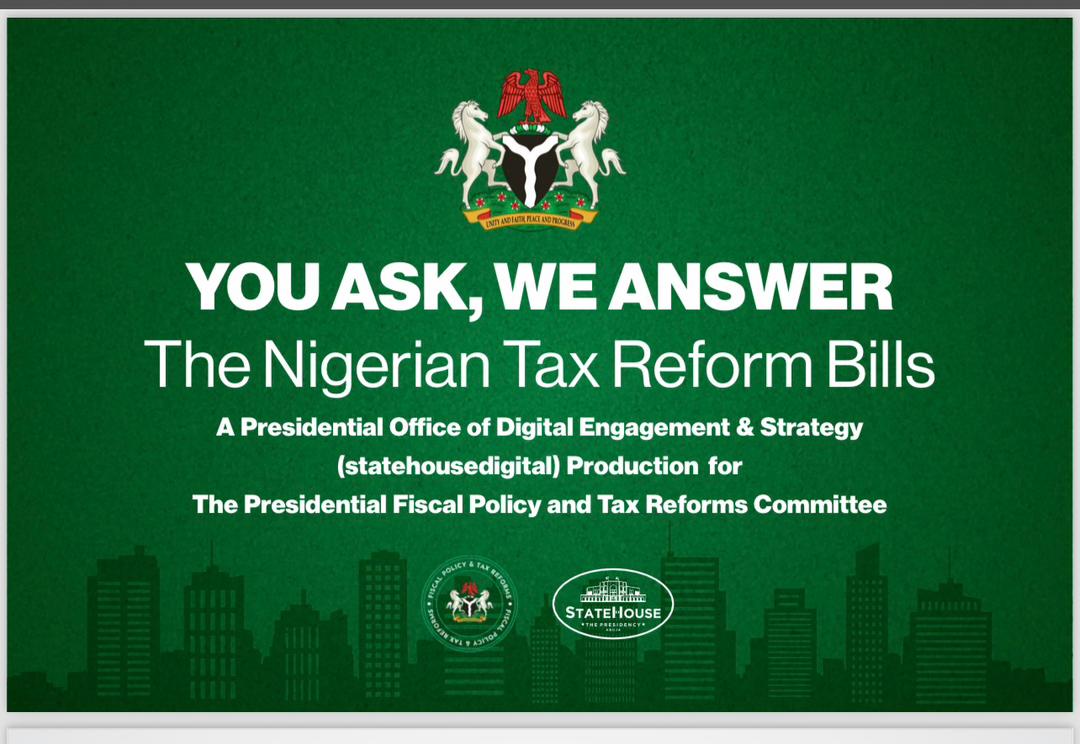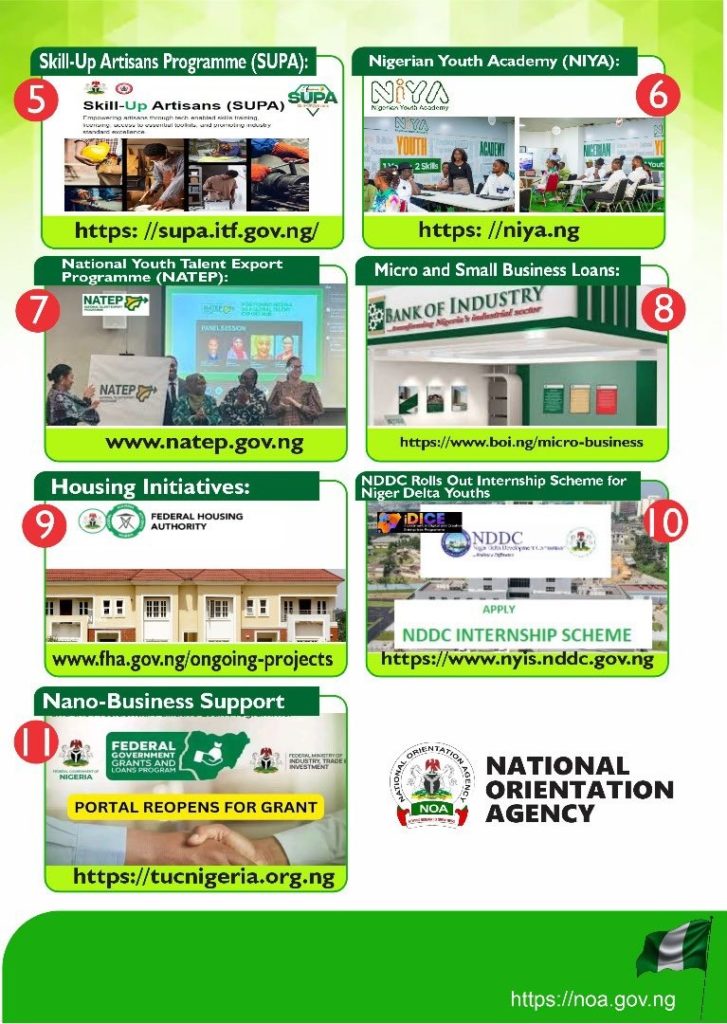NIGERIA’s recently acquired ₦150 billion presidential aircraft, an Airbus A330-200, has returned from South Africa after undergoing full exterior repainting and interior touch-ups to reflect Nigeria’s national identity.
The aircraft, now officially bearing green-white-green markings and the Nigerian Air Force crest, was spotted at the Presidential Wing of the Nnamdi Azikiwe International Airport in Abuja on Thursday, according to aviation-tracking platform @Abuja_Aviation.
Photographs showed the jet-tail number 5N-FGA parked with its engines capped, indicating it wasn’t prepped for an immediate departure. Ground crew could be seen around the aircraft, though no passengers were visible on the airstair.
A presidency official, speaking anonymously, confirmed the jet’s return, saying: “Yes, the aircraft has returned after being painted and slightly refurbished. It will resume service after routine checks by the Presidential Air Fleet.”
However, by Friday, footage released by the State House showed President Bola Tinubu boarding the aircraft for a trip to Kano State, suggesting the checks had been completed.
He is also expected in Ogun State shortly to offer condolences to the family of the late Oba Sikiru Adetona, the Awujale of Ijebuland, who passed away at 91 after a historic 65-year reign.
In May 2025, it was reported that the aircraft had been flown to South Africa for a complete livery change and interior refinishing.
The move came just nine months after the Tinubu administration acquired the 15-year-old aircraft from a European leasing firm in August 2024.
The aircraft, originally painted in commercial colours, required modification to fit its role as Nigeria’s primary VIP transport, including changes to livery and internal configurations suitable for presidential use.
While officials declined to disclose the exact repainting cost, aircraft maintenance firms estimate that repainting a wide-body jet like the Airbus A330 typically ranges between $190,000 and $320,000 (₦250m).
Aviation firms such as Lufthansa Technik, IAC, and SAA Technical charge about $8–$10 per square foot, based on an aircraft surface area of over 2,300 square metres.
Given the relatively minimalist design—white fuselage with green cheat lines and two crests the cost may have been on the lower end.
However, critics argue that even with this being “part of the acquisition contract,” outsourcing the repaint to a foreign facility raises questions about local capacity and cost efficiency.
Registered as 5N-FGA and now operated by the 001 Squadron of the Nigerian Air Force, the jet includes a master bedroom, conference room, shower facilities, and secure communications suite, making it one of the most sophisticated aircraft in Nigeria’s Presidential Air Fleet, which includes around 11 aircraft.
Its 13-hour range allows for nonstop intercontinental flights, such as Abuja to New York or Beijing, avoiding costly refuelling stopovers.
According to Presidential aide Bayo Onanuga, the plane’s acquisition was a cost-saving measure: “It will save Nigeria millions annually in fuel and maintenance compared to the older Boeing 737.”
That aging Boeing 737 Business Jet, acquired in 2005 for $43m under Olusegun Obasanjo, was recently listed for sale by JetHQ, a US-based aircraft broker. It is currently being marketed out of Switzerland, although the asking price remains undisclosed.
Despite its capabilities, the purchase of the jet last year sparked widespread criticism from the National Assembly, civil society groups, and citizens, many of whom questioned the need for such an expensive acquisition during economic hardship and fuel subsidy reforms.
Opposition parties labelled it “opulent and insensitive,” while aviation insiders defended it as necessary to replace an aging, high-maintenance fleet.







